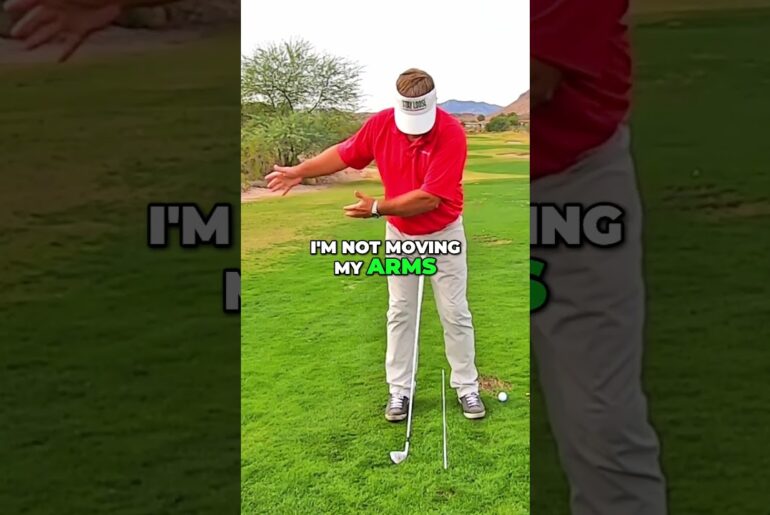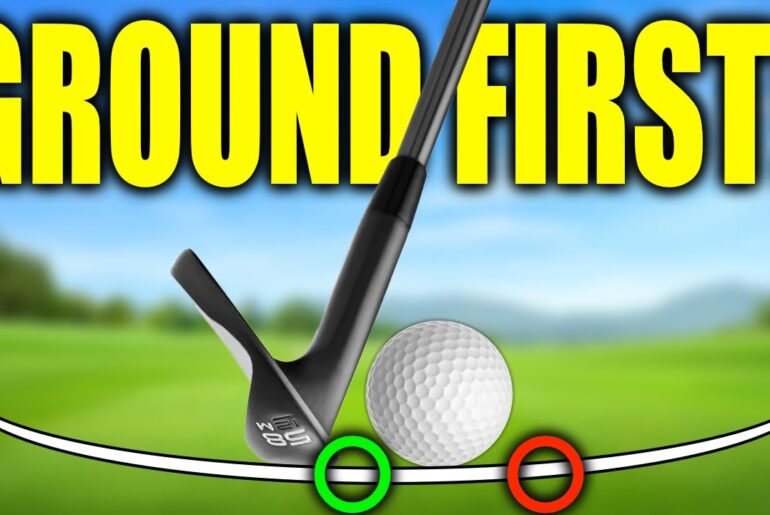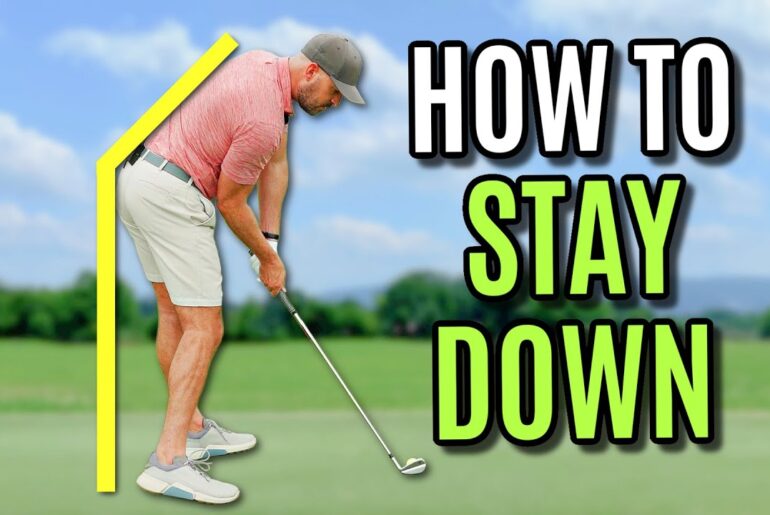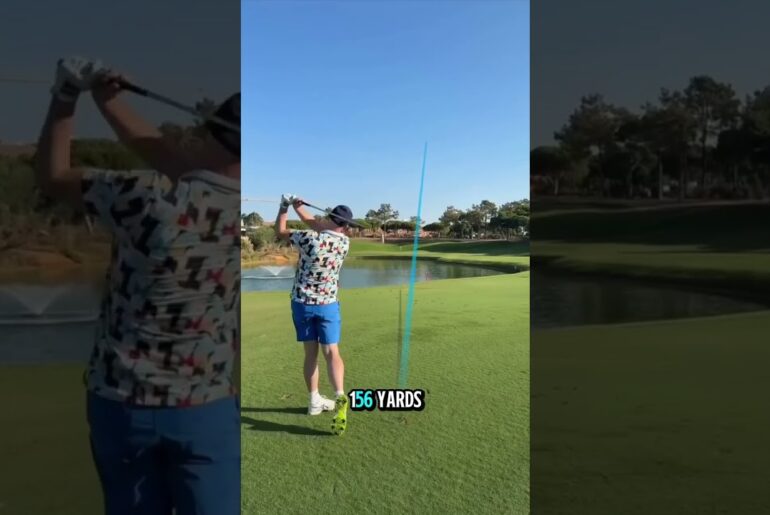Maneuvering the ball may seem like a high-level concept that is only for advanced players. Golfers often tell me ‘I’m just trying to hit it straight.’ The problem is that a perfectly straight shot is very difficult to produce, so even the pros are always trying to draw or fade the ball. Pro players know how to hit a fairly straight draw or fade, but they are always choosing a shape, even if they’re going for minimal side spin.
The goal of the average player is simply to hit the ball close to their target, but to achieve this goal with any level of consistency, the player needs an understanding of how to curve the ball left and right. One reason is so that you can find the happy medium. When I started playing golf, I was playing with my family, and my tee shot on the dogleg left, par 5 fourth hole at Winter Park Golf Course, sliced out of bounds to the right. I tee’d up again for my third shot, and aimed further left, only to slice it OB once more. My mom pleaded, “make an adjustment!” I aimed my fifth shot even further left, and again sliced the ball, nearly going OB right, but luckily staying inbounds. What was happening?
You can avoid such frustration by learning to hit draws and fades on the range. Even if you don’t have an equivalent command of both shapes, learning how to hit both will improve your ball control immensely. If you start curving the ball too much one way during a round, you’ll be able to work in the feel of the opposite shot shape. Maneuvering the ball is also useful for attacking tucked pins on the right and left sides of the green, recovering from tree trouble, playing with or against the wind, navigating dogleg holes, playing ‘in-between’ clubs, avoiding hazards, and for producing more or less rollout. It’s also a lot of fun.
Your first goal should be to develop a neutral grip. If your right hand is underneath the club or your left hand is on top of the club, these are characteristics of a so-called “strong” grip, which will make the club face close easily, thereby creating shots that tend to travel to the left. Many new players struggle with a “weak” grip, in which the left hand isn’t on top of the club enough, and the right hand isn’t underneath the club enough, which will tend to make the ball go to the right. A comfortable combination of weak and strong hands, or two fairly neutral hands, will produce a desirably neutral grip. Test your grip’s neutrality by holding a club with the face square, and then turning it right and left. If you can turn it the same amount in either direction, your grip is neutral.
Now you can begin learning to both draw and fade the ball. For a draw, close the club face slightly at address, then take your normal grip. The more lofted your club is, the more you’ll need to close the face to produce draw spin. Instead of lining your feet up parallel to your target line, line them up slightly more to the right (i.e. close your stance slightly). It will help to drop your back foot an inch or two away from being parallel to the target line. Next, make a full turn in your backswing, so that you can start your downswing inside the target line, and swing slightly out to the right. Aim for the bottom left side of the back of the ball. Because your swing is semi-circular from a bird’s-eye view, the further back in your stance the ball is, the easier it will be to hit the back left side of the ball. Tuck your right elbow into the side of your body in the downswing to aide the in-to-out path. Unwinding your hips quickly relative to your shoulders, will generate more power while allowing you to swing from the inside.
For a fade, open your stance to the left of being parallel to your target. Your club will need to swing along this line created by your feet, or in other words, across the target line, “out-to-in.” Next, grip your club so that the face is open to the line created by your feet, and is square to very slightly closed relative to the target line. Swing along the line established by your feet. I find it’s also helpful to do a helicopter move when fading the ball. Planning to use my helicopter finish, ala Arnold Palmer, forces me to come across the target line through impact. This setup method can produce the most reliable accuracy. DO NOT try to manipulate the club face by ‘turning over your hands’ through impact. DO NOT intentionally open or close the club face in your backswing. Both of these concepts will lead to directional inconsistency. Adjust your club in your setup, swing, and observe the results. If the ball doesn’t draw, on the next shot, close the club face more at address, regrip the club, and observe the results. This will give you excellent feedback, and with practice you will learn how your setup should look for each club, for each desired shot shape.







